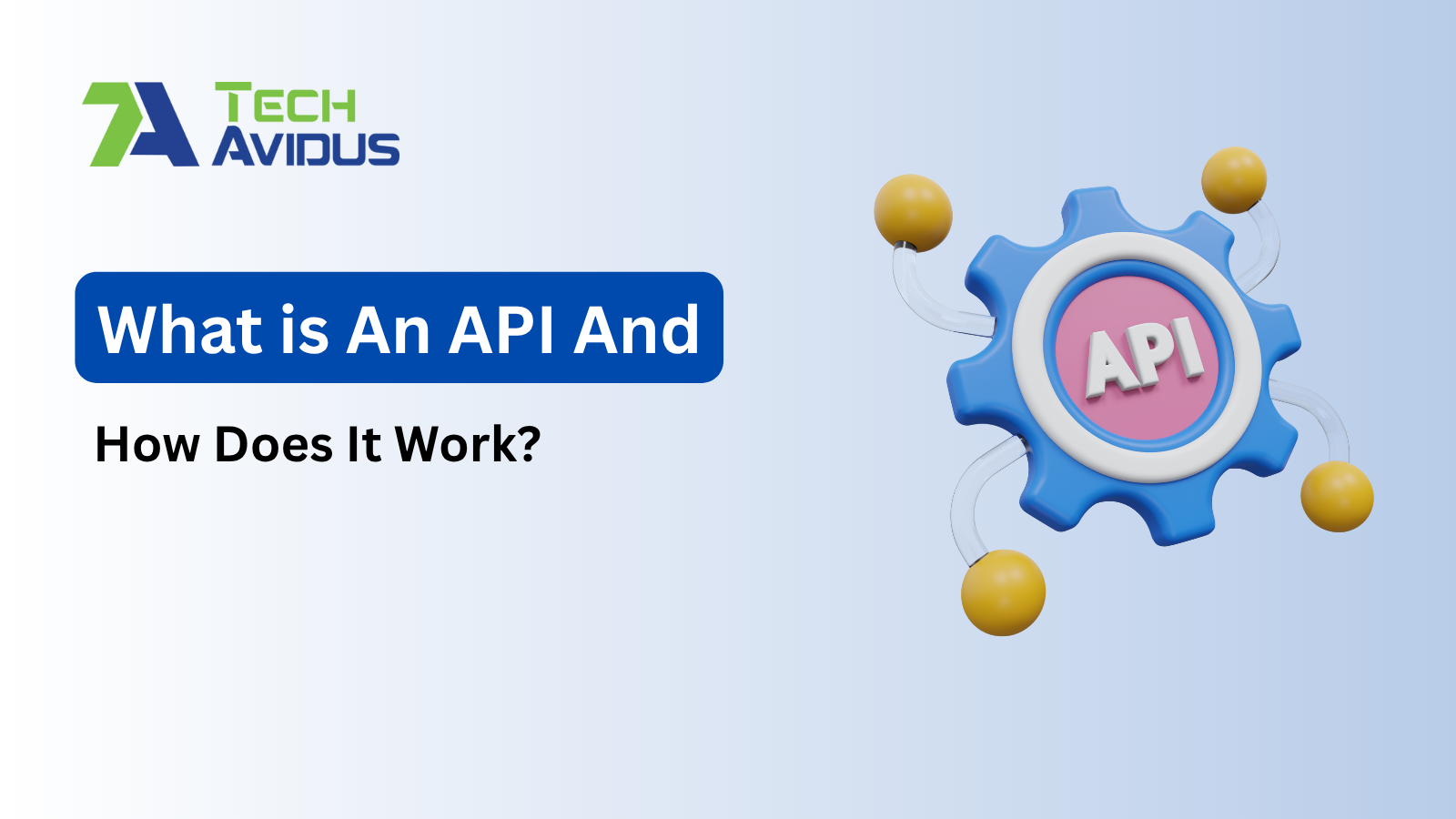
API stands for Application Programming Interface. Although you might not know what an API is and how it works, you have used them before. Unlike a UI (user interface) intended for consumers, APIs can communicate with other software and applications. They are, at their core, a tool that allows two applications to communicate well.
Consider this example: A mobile app you use to take photos with your phone's camera. The app's creators didn't need to program how your phone's camera displays images or takes pictures. They used an API to access the pre-existing framework.
It works in the abstract like a power socket. It's a standard way for a device to access and use pre-existing infrastructure. It's as simple as plugging it in. The same goes for developers who can plug their software into existing software.
Now you know what an API is, let's see how it works.
APIs communicate using set rules describing how applications, computers, and machines can communicate. An API acts as a mediator between two devices that wish to connect for a specific task.
An example is when you log in to Facebook using your smartphone. The Facebook app will ask you to grant access to your account. The mobile application calls an API to recover your Facebook account and credentials. Facebook would then access the information from its servers and return it to the mobile app.
These APIs are the most popular but are not available on the internet. APIs are available for almost every machine and system that wants to interact with other devices and systems.
Although APIs have been around since the beginning, they have only recently gained popularity. Companies use this technology to gain an advantage, allowing them to find more efficient ways of retrieving information quicker to serve customers.
Open APIs are also called public APIs and are open to all. Anyone can access a public API and request data from it. They are essential components for mobile apps and allow for easy integration with significant services on many websites. Google's Maps APIs are an example of a widely-used public API.
Software vendors within their infrastructure often use a closed or private API. These APIs are usually proprietary and are only accessible within the organization's network. Many organizations use internal APIs for data exchange with internal business applications such as customer relationship management (CRM), enterprise resources planning (ERP), or financial systems.
Two companies might share data through an API partner if they wish. For additional features and services, vendors can gain access to vendor data streams through an API exchange. It allows developers and businesses to communicate with each other in a way that wouldn't otherwise be possible.
The REST (Representational State Transfer) is an architectural design that differentiates the needs of the API client from the API provider by using commands built into the network protocol. Clients use the forms and links to complete actions (e.g., read, update, share, approve. etc.). HTML is the most well-known example of this type, and various other formats are designed for APIs (HAL, CollectionJSON, Siren, etc.). REST APIs provide many advantages, including flexibility and the ability to work with the most popular formats for data, like JSON and XML.
SOAP (Simple object access protocol) is an internet API standardizing how apps are networked. SOAP is, for instance, a web-based app. To make it more accessible to businesses, this protocol is compatible with HTTP, SMTP, TCP, and various other independent programs. SOAP will also establish communication protocols and structures using the language definition that is part of Web services (WSDL). This way, a machine-readable file can be made available to determine the endpoints and procedural information.
RPC, also known as remote procedure calls, are a means of communication between two computers. An application runs on one computer and receives information from another. Its API allows you to call on any remote process and receive results.
Also, using RPC to make server or client calls according to your requirements is possible. It can make between applications running on your personal computer or over the internet between servers. In either case, RPC allows you to access and utilize the code stored remotely.
GraphQL is an API query language and a runtime that can fulfill these queries using existing data. It offers a clear and understandable description of your information in your API. Furthermore, it allows customers to ask for precisely what they want (and only that). It simplifies improving APIs as they evolve and provides powerful development tools.
You now know what an API refers to and exactly how it works, which many people need to learn. They might have heard the term but needed to figure out the exact meaning of this technology. We talked about the different types and how they function, and even some of the various types currently.
APIs have a distinct and crucial function in many typical applications we use. Although developers are their primary users, having a good understanding of how they function can be helpful to anyone trying to create a flexible solution for their company.
Our Top 1% Tech Talent integrates cutting-edge AI technologies to craft intelligent, scalable, and future-ready solutions.
All Rights Reserved. Copyright © 2025 | TechAvidus